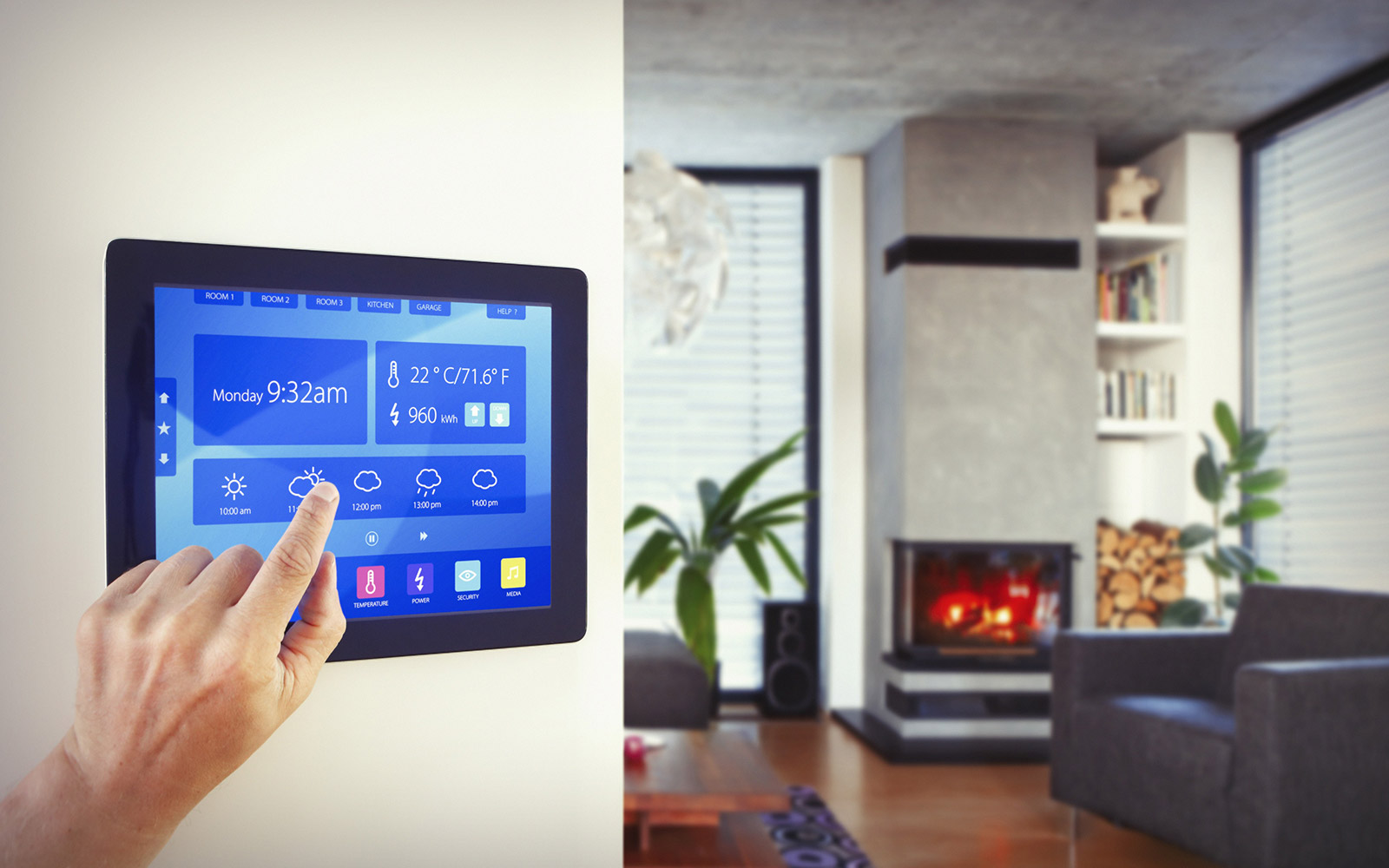More and more tech analysts, economists and sociologists alike regard the IoT tidal wave as a possible third industrial revolution. The aforementioned converging technologies promise to power the post-industrial economies, after the steam engine in the 18th century and then steel production, electricity and the automobile of the second industrialization wave were the revolving technologies.
Research firm Gartner predicts more than 30 billion devices on the IoT by 2020, with product and service suppliers generating $300 billion+ in revenue. Industrial IoT will drive $177B in cost reductions as well.
Smart tech finds its way to every business and consumer domain there is — from retail to healthcare, from finances to logistics. Advances in IoT-connected biotechnology will take healthcare to the next level, with around-the-clock monitoring, targeted treatment and even automated doses of medication. Consequently, a missed opportunity strategically employed by a competitor can become a long-term failure for companies who don’t innovate.
Internet of Things is here to stay. The instrumentation of everything from cars to combine harvesters or factories is just a fact of life these days and the hyperbole of the machines taking over the world in a Terminator-like scenario isn’t really hyperbole anymore (except maybe for the dystopian aspects…).
One of the big changes brought by IoT in the last couple of years is that information technology (IT) and operational technology (OT) that have traditionally been separate domains, started to interact differently, with IIoT (industrial IoT) deployments forcing IT teams and OT teams to work closely together to achieve success. What was once considered a wide gap between the IT and OT sectors will be more and more bridged thanks to the recognized collaboration needed to successfully deploy IIoT solutions and initiatives, with the OT affecting the design of IIoT apps.
The main issue in 2020, of course, remains security. From the standpoint of the IT networking professionals, implementing IoT can be like actively inviting security breaches. It’s a massive challenge for an IT admin, putting hundreds of thousands of low-cost, high-risk devices on the network. The divide between IT and OT is one of the central causes of the security problem. Most of the sensors for IoT are made by companies that have experience in their particular area — oil drilling equipment makers, industrial vendors, medical device manufacturers, etc. Such companies are used to deliver value for money and bringing the price point down on sensors affects security. The sheer volume of new endpoints and types of endpoints flooding into the market in the next few years makes a serious breach all but certain.
Analysts expect attackers to target both consumer and enterprise IoT devices for ransom, with cybercriminals possibly attempting to exploit regular customers and device manufacturers. They will block the connection or operation of connected products such as home lighting or manufacturing machinery until the product maker pays a large ransom.
Companies will need to deploy strategies to answer the following: “How do we minimize? How do we detect and prevent? How do we detect and recover?” They need to put in place remediation plans for what to do when someone begins an attack or actually succeeds.
There is no way around the security pain. Designers must work closely with security teams in the company or hire experts that can integrate risk-mitigating techniques to prevent attackers from taking advantage of IoT devices.
More interconnected things means more security problems, and with 5g deployments continuing to roll out in 2020, it is likely attacks will follow. The prospect of 5G eventually becoming a foundational protocol could mean that everything from surveillance and traffic cameras to vehicles is connected via the protocol. The surface of attack means whole neighborhoods can be paralyzed, cities or even countries. Telecommunications and infrastructure firms are pushing 5G for an array of use cases, including in the industrial realm, and not necessarily taking in the account that 5G being used for critical industrial processes is a potentially risky proposition. Moreover, many industrial environments deploy outdated, legacy devices. “Adversaries will begin to target these environments, bringing dire consequences such as unauthorized changes to configurations that make industrial processes do something they are not supposed to do, thereby resulting in an industrial accident, outage or even environmental excursion”, says Jason Haward-Grau, chief information security officer at PAS Global.

